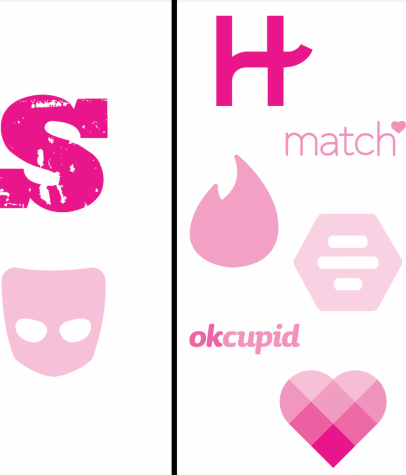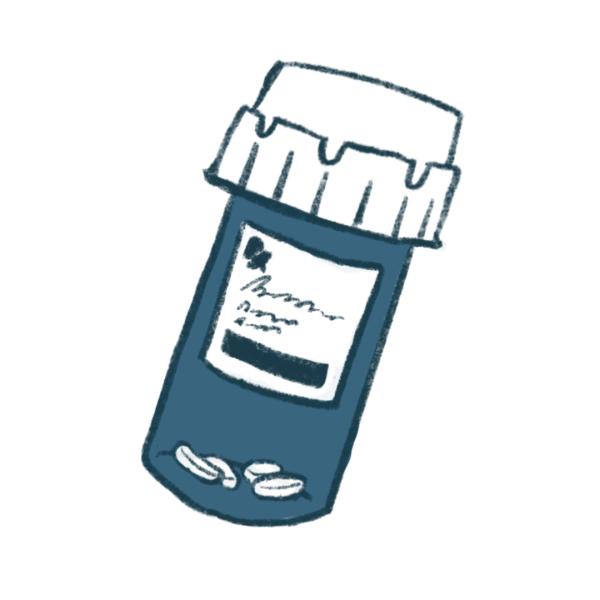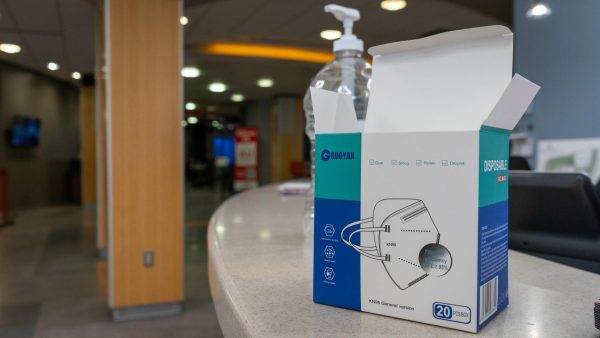HIV's Rising Rates in the District
We’ve
probably all seen the advertisements at metro bus stops that read: “Get
yourself tested” and
“We
> AIDS.”
In fact, you could say they are relatively commonplace and indicative of
the high rates of HIV infection in the district.
residents in DC were living with HIV and AIDS in July 2012 according to PBS
Newshour and 2.7 percent of DC residents were living with HIV alone. That’s
14,465 people. According to the CDC, 1.1
million people in the United States have HIV.
These high rates
may not necessarily be a bad thing. Dwayne Brown, community organizer for Metro
TeenAIDS, believes that one of the reasons behind such high rates in DC is
because those infected with HIV/AIDS are living longer by having access to
medical care and health benefits that increases their lifespan. Metro TeenAIDS
is a non profit DC based organization that addresses the issue of HIV rates in
youth populations.
Even so, Brown acknowledges
that HIV rates are on the rise. He believes that the spread of the HIV infection
is due to DC being a cultural melting pot, where people from all across the
world are trying to make connections. He also suggests that high HIV rates may be more prevalent among
those who are impoverished as they are at a greater risk for contracting HIV as
public schools face lack of funding resulting in inadequate and scarce sexual
education programs.
Organizations are
working to combat the spread of the infection. Some focus on rates in LGBT
communities while other focus on rates in black communities. Metro TeenAIDS is
working specifically to reduce the infection in youths aged 13-24 in DC. Most
HIV/AIDS non-profits in DC tend to work closely together and usually with the
DC Department of Health. Brown said, “Everybody
has their own sort of pocket, but we all work together in ways that we can.”
Although some
organizations may have their own focus and work within their own pockets, they
all try to work towards common goals: reducing
rates of infection, ending the stigma of those infecting and advocating for
those living with the infection. Metro TeenAIDS emphasizes youth involvement
and tries to reach youth through many outlets including social media, events,
training conducted by the Peer Education Center, counseling, and free testing.
People who are
infected with HIV/AIDS are often stigmatized due to people being misinformed
about the infection and how it spreads. Organizations such as Metro TeenAIDS
try to work against the stigma through education. They have a Schools
Department that educates youth about the HIV and the issues surrounding it.
RealTalkDC, another organization that Brown is a part of, plans to make HIV
testing a social norm by offering free tests at events for youth. Making HIV
testing as common as flu vaccines will remove the shame and address the stigma.
One of RealTalkDC’s main goals is to introduce a
dialogue about the spread of HIV.By making the topic of HIV become a social
norm, whether through free testing or dialogue, organizations and individuals
can help erase the stigma of HIV/AIDS.
Other than the
stigma, patients face many challenges including ignorance and the
criminalization of HIV/AIDS. Even though HIV has changed over the years, we
still respond archaically. If people are infected with HIV and don’t
tell their sexual partner, charges can be brought against them. Some argue that
this should remain a criminal charge because their partners have the right to
know if they are at risk for contracting HIV. Brown is part of the opposing
side, and believes this is unfair any of those living with HIV/AIDS are taking
medication that reduces the chances of spreading the virus and are using
protection. People may choose not to disclose information to their partners out
of fear of violence or further stigmatization.
However, those who
are not affiliated with any organizations, like many of us students, can help
as well through educating others on the real facts behind HIV. “We
have to spread information and not the infection,” said Brown.
He also suggests
taking the both the shame and blame out of HIV. Even in positive, safe spaces,
people can place blame on those infected with HIV/AIDS for their actions.
People who are not infected with HIV may judge those with HIV or AIDS for
choosing to partake in sexual activities.
In order for the
community to help those already living with HIV/AIDS we have to stop being
afraid. It is important to pay attention to the language that we use when
discussing this issue and also police the attitudes that we hold when talking
about these individuals. “We start talking like we want to ship
people [with HIV/AIDS] off on to an island and have them be separate, but
separate is not equal,” said
Brown who emphasizes that we need to recognize that these people are our
friends and family members.
There are ways for
students to get involved in this cause through volunteering opportunities and
training programs. “Even if you are doing some work around
hunger you’re still affecting HIV in DC,” Brown
said. “Pretty much, no matter what you do in
DC you’re going to be affecting our HIV rates
whether it’s on the positive or the negative.”
Whether it be
something as simple as going to other neighborhoods or joining the volunteer
program at Metro TeenAIDS, “really going in with an open heart” as
Brown suggests, is all it can take to make a difference.
(If
you are interested in getting involved in one or more of these organizations,
you can reach out to [email protected], or call 202-543-9355 and leave a
message. Visit realtalkdc.org for a list of volunteer activities.)











